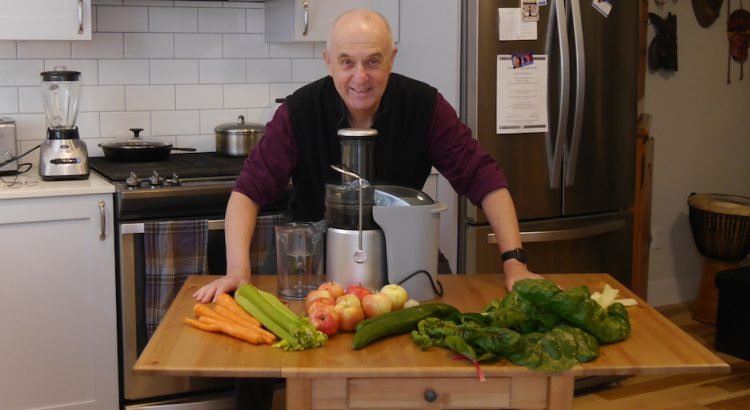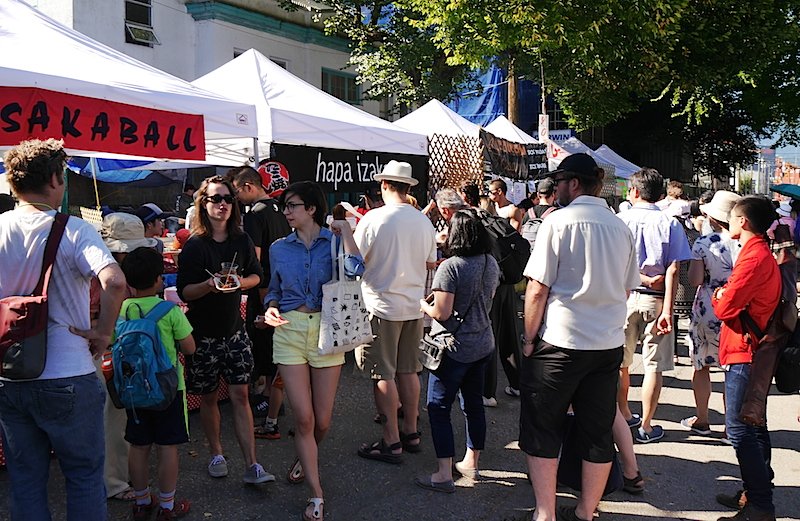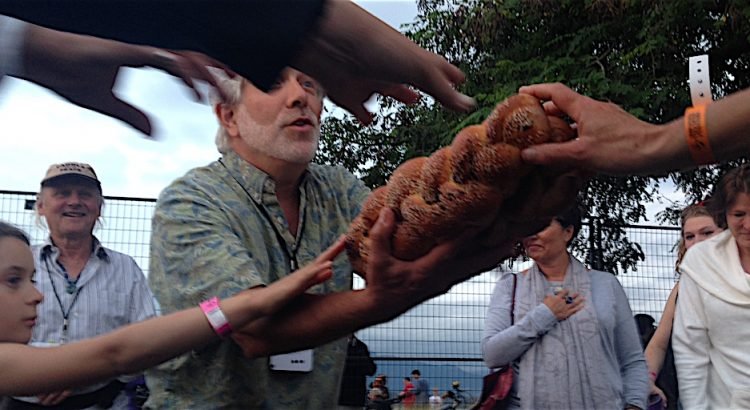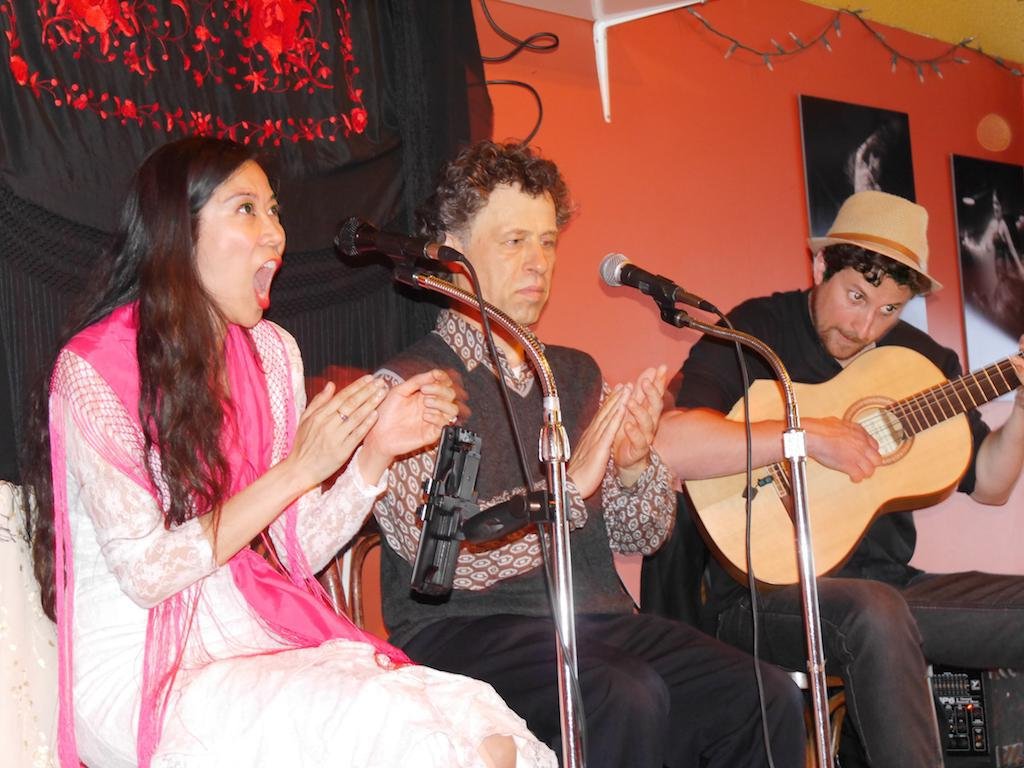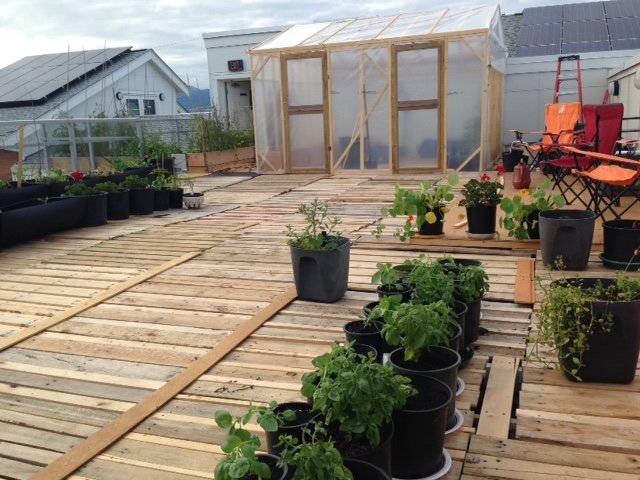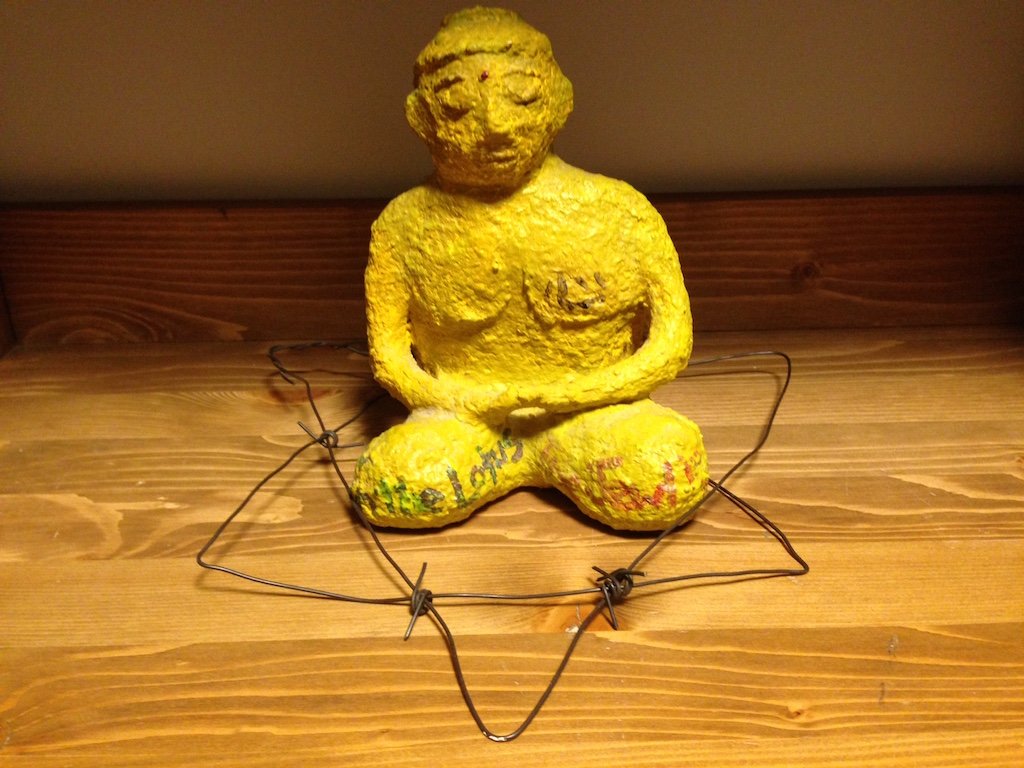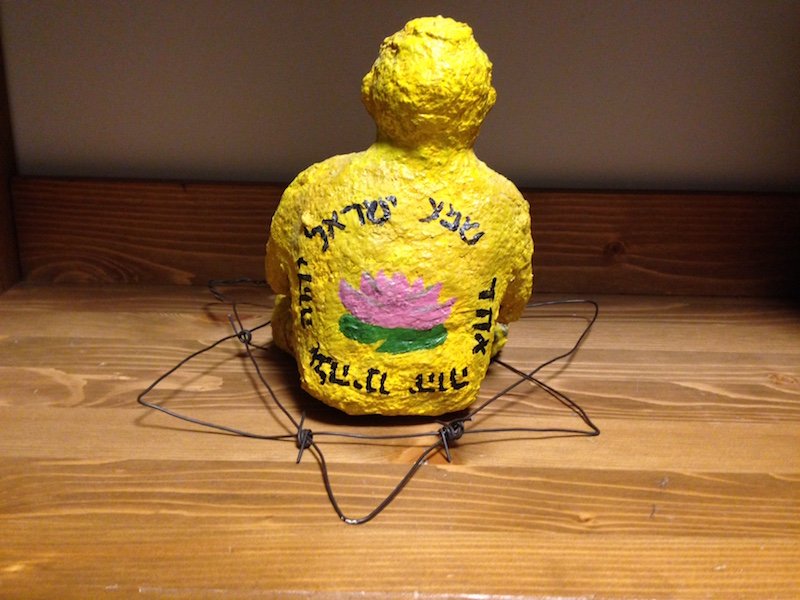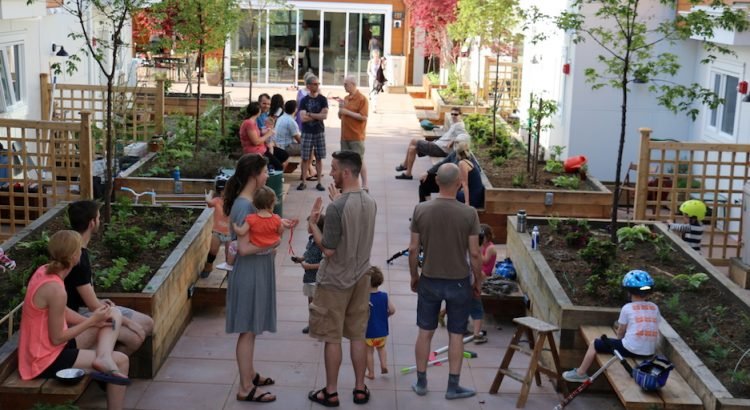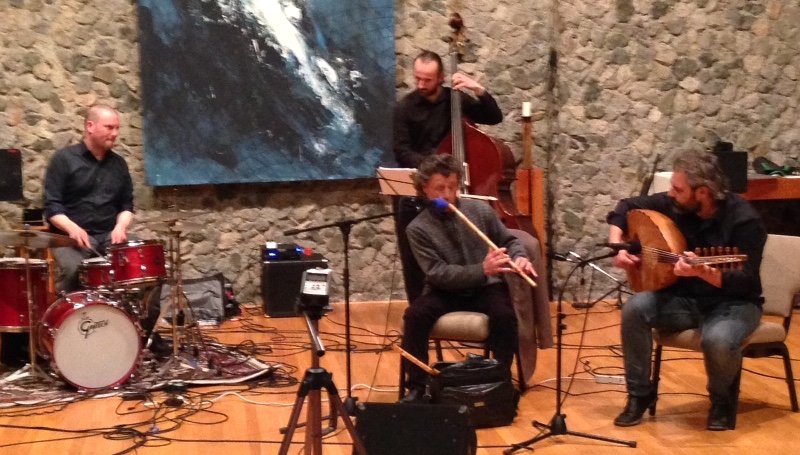After the 3-Day Juice Reboot, I committed to another 10 days, and that ends now. I’m down 11 pounds and feeling like I’m doing something really good for myself. Energy has been high, although I did feel a little dizzy today when I stood up this morning in synagogue. So I added whey protein to my lunch juice for a boost.
Today I harvested the Japanese eggplant I’ve been growing on our rooftop garden to make Sweet and Spicy Moroccan Eggplant for Sunday night’s Erev Rosh Hashanah (Jewish New Year) potluck dinner I’m hosting in the common house. I put out the word through a digital newsletter, messages to synagogue email groups and my Vancouver Cohousing community. Fifteen people are confirmed with a few more expressions of interest.
Hosting this dinner means I’ll be beginning to eat more solid food Sunday, with a breakfast smoothie, cooked seven-grain cereal for lunch and a moderate portion of whatever culinary wonders the dinner guests bring.
For 13 days I’ve been juicing fruit like apples, oranges, lemons, mango, cherries and grapefruit, and vegetables like kale, swiss chard, gai lan, carrots, parsley, cucumbers, romaine lettuce, even squash.

It’s been organic except for the produce on the Clean 15 list published by the Environmental Working Group (EWG), a U.S. environmental non-profit. EWG’s Shopper’s Guide to Pesticides in Produce ranks pesticide contamination on 48 popular fruits and vegetables. The guide is based on results of more than 35,200 samples tested by the U.S. Department of Agriculture and the Food and Drug Administration
The Clean 15 items are the least contaminated with pesticides and can be bought conventional. EWG also highlights the Dirty Dozen – the conventional produce most contaminated and should be bought organic.

